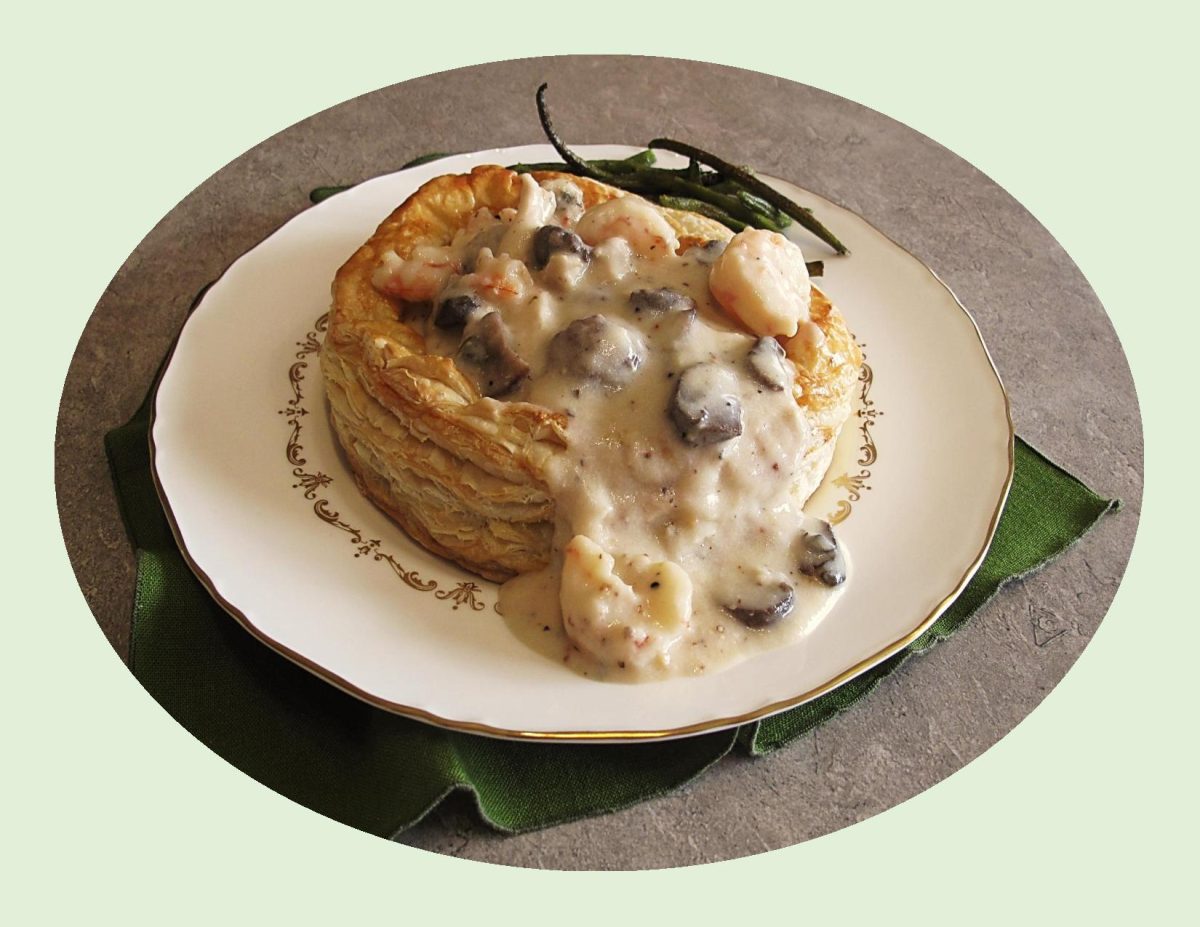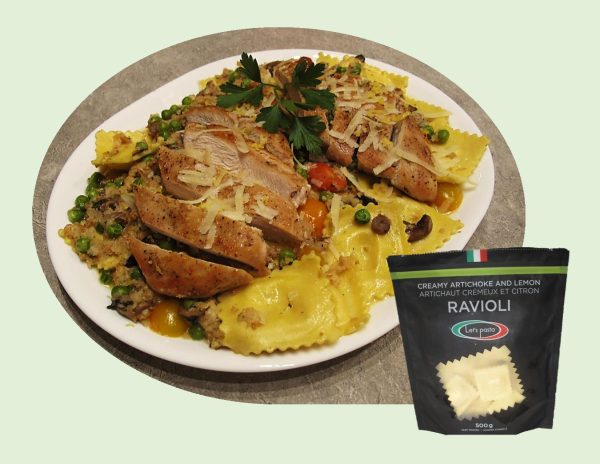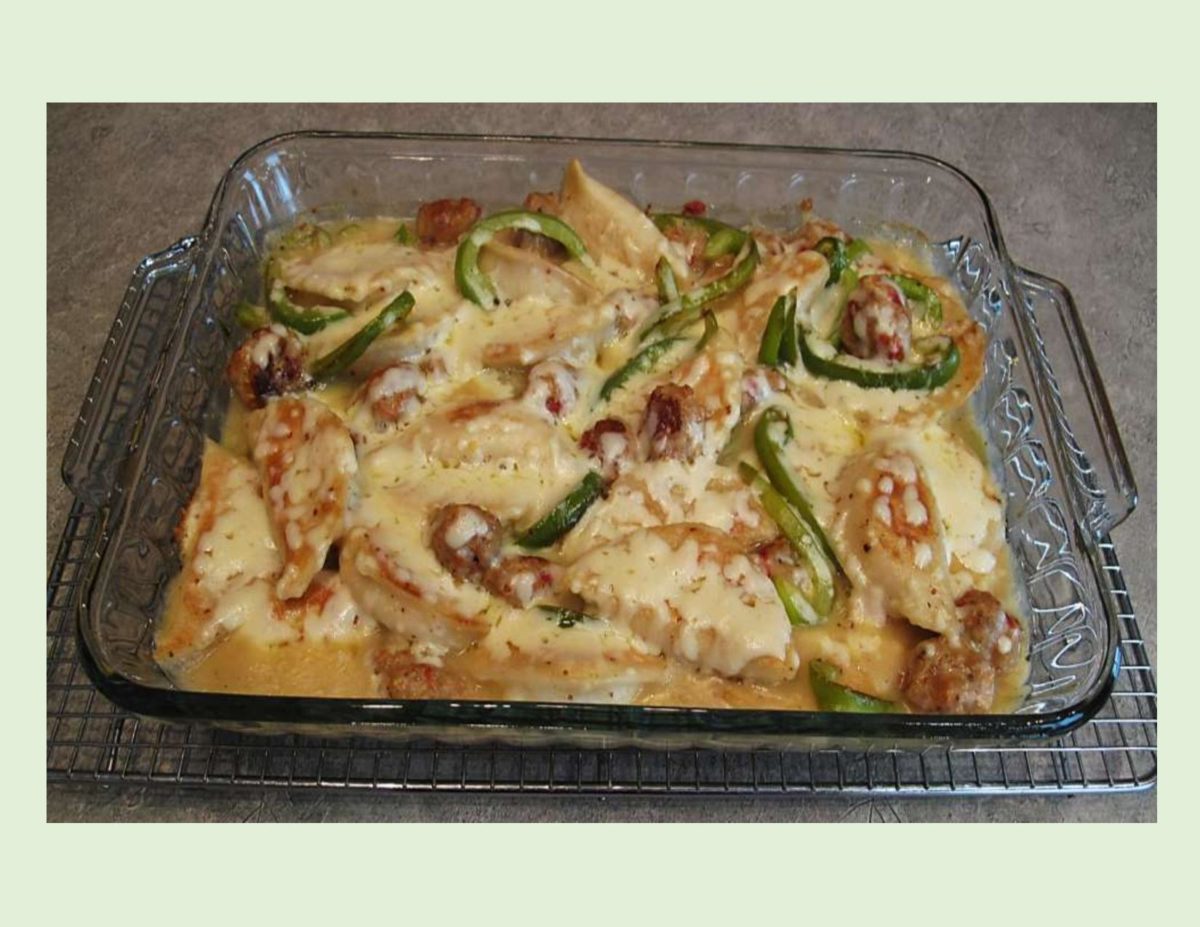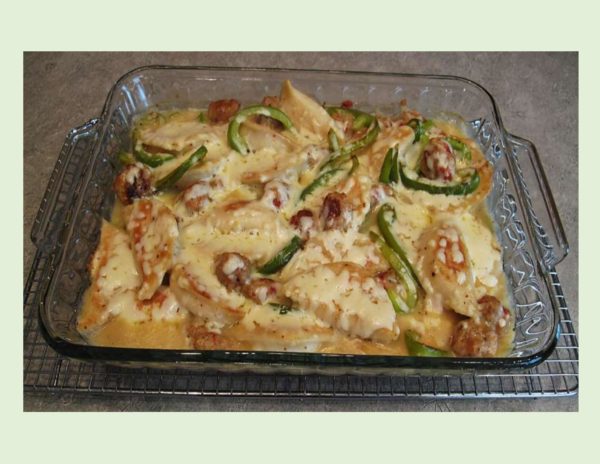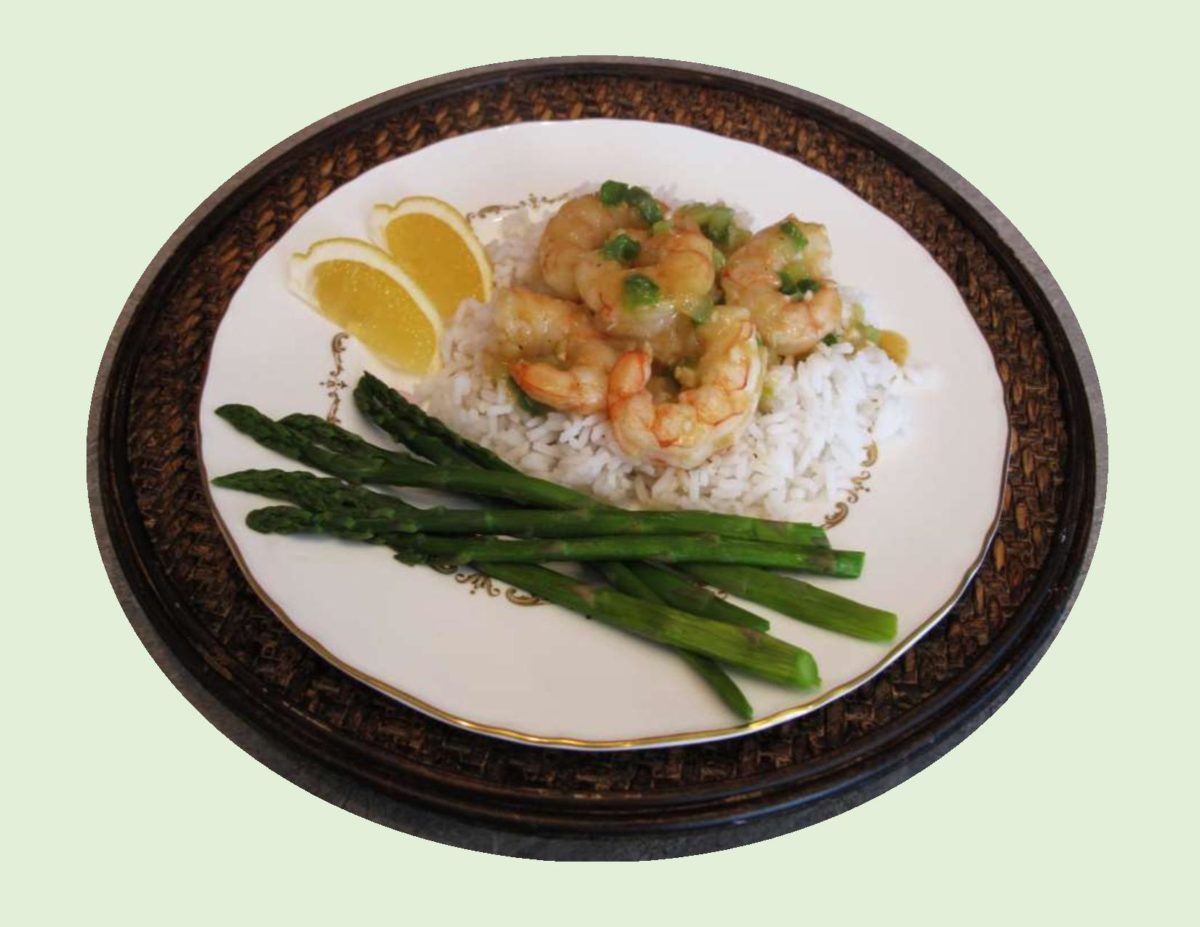Pastetli were invented in the early 1800s in Antonin Carême’s pastry store in Paris, France where they’re called vol-au-vent, French for ‘windblown’ to describe its lightness. While they’re served as an appetizer in France, they’re eaten as a main meal not only in Switzerland but also in Belgium and the Netherlands. It is also from the Netherlands where the Swiss name Pastetli origins from. The Dutch call them pasteitje (little pastry). From there it came to the German Pastete. Just to add a little complication though, a Pastete in Switzerland is rectangle cake shaped puff pastry pie filled with sausage meat, mushrooms in a creamy sauce.
A vol-au-vent is a light puff pastry shell that resembles a bowl with a lid. The shell is generally filled with a creamy sauce (most often a velouté sauce) containing vegetables, chicken, meat or fish. The lid is placed on the filled shell and the pastry is then served as an appetizer, also known as bouchée à la Reine, or as the main course of a meal. When prepared, the pastry dough is flattened and cut into two circles. A smaller circle is cut out of the center of one of the circles, which then will be used as the lid. The circle without the center cut and the circle with the center cut are then joined together around the edges so as the pastry bakes, it rises into a shell with a hole in the top. The lid, which is baked separately, is added later. The pastry shell may be made the size of an individual serving, or it can be made in several different sizes to become a main serving for one or a larger size to be served for more than one.
Vol-au-vents rose to prominence in Paris in the 19th century. In post-war Britain, they were a mainstay of any self-respecting buffet, served to suitably impressed guests alongside welcome drinks at dinner parties. By the 1990s, they had become unfashionable and remained so for decades. Updated vol-au-vents started reappearing in chic restaurants a year or two before the covid pandemic (2020) erupted and have become the retro appetizer or main course to have.
You can even adapt them to make some elegant desserts. Fill with cream and fresh fruit or melt a chocolate orange with a dash of Grand Marnier and orange zest then spoon this quick-fix mousse into the cases and top with sweetened Chantilly cream and chocolate shavings.
For our main course vol-au-vents, I am making an interesting filling which includes, chicken, shrimp, mushrooms and tiny meatballs. Sounds a little odd but is packed with flavor.

| Servings |
|
- 1 sprig fresh rosemary
- 5 medium garlic cloves, peeled
- 3 bay leaves
- 4 cloves
- 2 stalks celery, chopped
- 1 medium carrot, chopped
- 1 small onion, chopped
- salt & pepper
- 1.3 kg whole chicken
- 8 medium mushrooms
- 300 gm ground veal (or pork)
- salt & pepper
- 1 egg
- 2 Tbsp fine breadcrumbs
- 1/3 cup butter,
- 1/3 cup flour
- 4 cups chicken stock
- 1 Tbsp Montreal Steak Spice or to taste
- 1/2 tsp onion salt
- 1/2 tsp garlic powder
- 1 Tbsp Dijon mustard, old fashioned, grainy, optional
- 40 gm Parmesan cheese, grated
- 1/4 cup parsley, chopped
Ingredients
Chicken/Broth
Mushrooms
Puff Pastry
Meatballs
Shrimp
Béchamel Sauce
Garnish
|

|
- Add the rosemary, garlic, bay leaves, cloves, chopped celery, carrot and onion to a stock pot. Season generously with pepper and salt. Cut the chicken up: legs, wings and breasts. Also chop up the remaining carcass. Add it all to the pot. Then fill it with water (about 7 cups) until the chicken is fully submerged.
- Place the pot over high heat until boiling, then leave it there for 10 minutes. Turn the heat lower and gently cook the chicken for about 30 minutes. Remove the chicken from the heat and let it cool down for another 45 minutes.
- Chop the mushrooms into bite-size pieces. Peel & devein shrimp. Grate parmesan cheese.
- Preheat oven to 375 F.
- Cut (4) 5-inch circles from puff pastry. Beat the egg & prick holes in the large circles with a fork & brush with egg. Cut 12 more RINGS from pastry about an inch wide. Lay a ring on each of the 4 circles & brush with egg wash. Repeat this until there are 3 rings on each large circle. Bake the puff pastry shells for 25 minutes.
- Remove the cooked chicken from the hot stock. Reserve stock for later. Remove any chicken skin, bones, veins, cartilage, or sinew (discard all this) & pick the cooked meat from the bones. Shred the larger bits up roughly. Then transfer the chicken meat to a large saucepan.
- Strain the chicken stock in a fine sieve or colander over a large pan. You should end up with about 6 cups (1,4 l) of chicken stock. Discard the cooked vegetables.
- In a bowl, combine ground veal (pork), salt & pepper, egg & breadcrumbs. Mix well and make tiny balls of ½ oz (15 g) each. You should end up with about 20 of them. Cover the meatballs with cling film and store them in the fridge until later.
- Bring the stock to a gentle boil again. Once warm, add the meatballs, shrimp & mushrooms. Poach them for about 5 minutes. Then remove the meatballs, shrimp & mushrooms using a slotted spoon. Add them to the shredded chicken in the large saucepan.
- Take the chicken stock off the heat now. In a large saucepan melt the butter over medium heat. Add the flour and whisk well until you get a wet crumble. Gently cook this over medium-low heat for about a minute. Then gradually add splashes of the warm chicken stock until you get a sticky flour paste. Keep stirring. Don't add too much at once or the sauce will become lumpy.
- Whisk well. Gradually add more chicken stock (about 3 to 4 cups) until you get a pretty runny sauce. Bring the sauce to a low simmer & cook for 3-4 minutes or until thickened. whisk in Montreal Steak Spice, onion salt, garlic powder, mustard & grated parmesan.
- Add the béchamel sauce to the chicken, meatballs, shrimp & mushrooms. Stir carefully. Cover the pan for another 5 minutes and let the vol au vent filling warm through or place it back over very low heat.
- Put the vol au vent puff pastry casings onto 4 serving plates. Top with the chicken, meatball, shrimp & mushroom filling. Garnish with chopped fresh parsley if desired. Serve the vol au vents hot.

